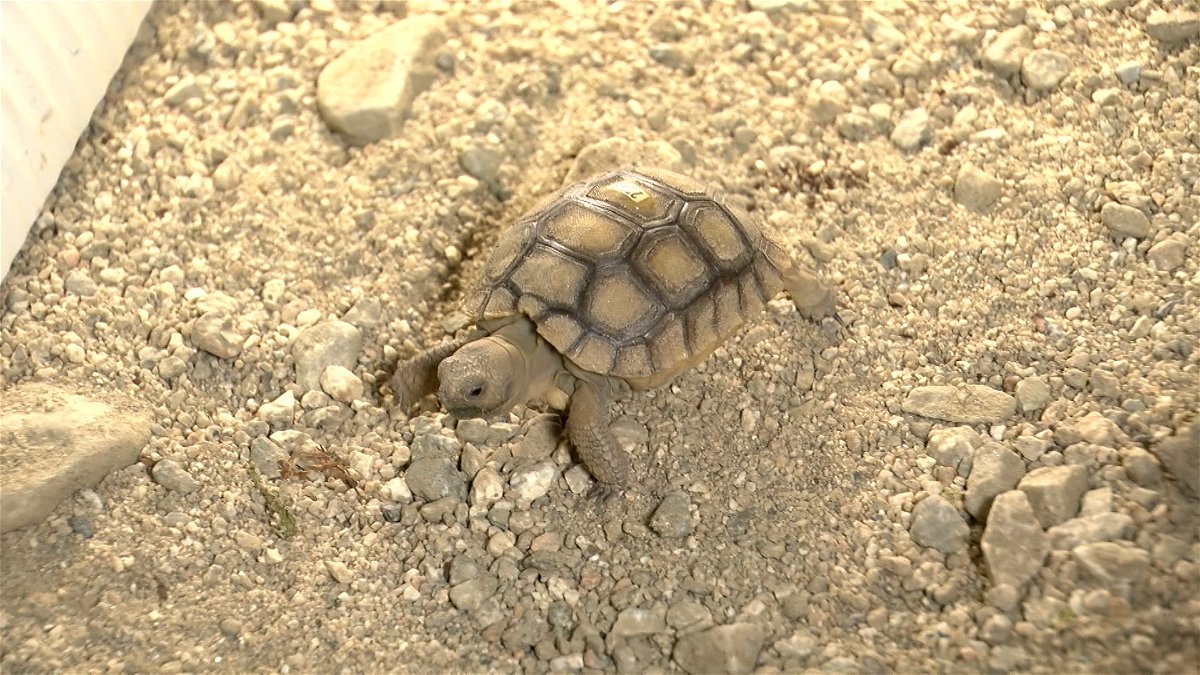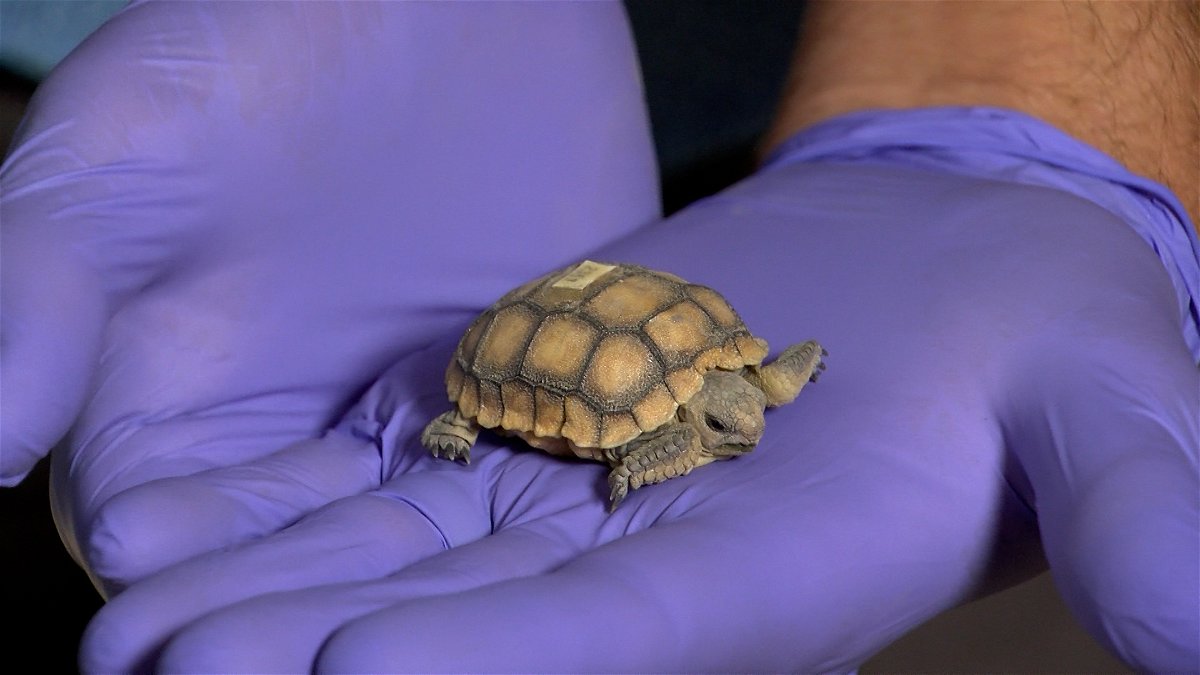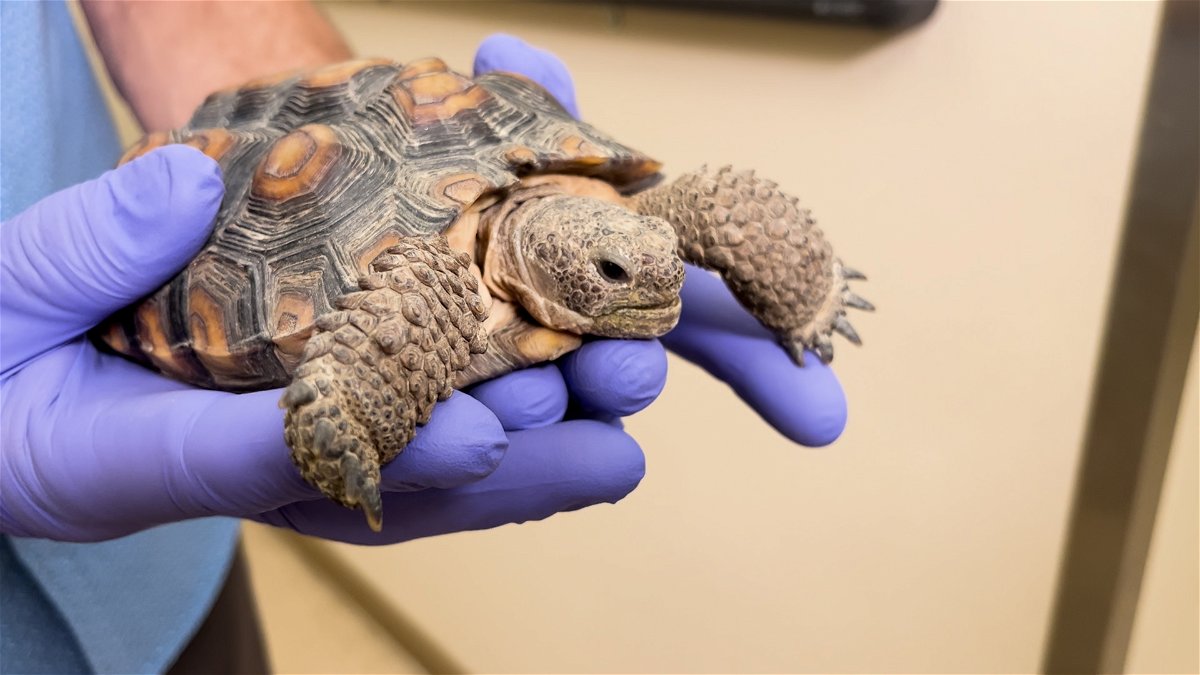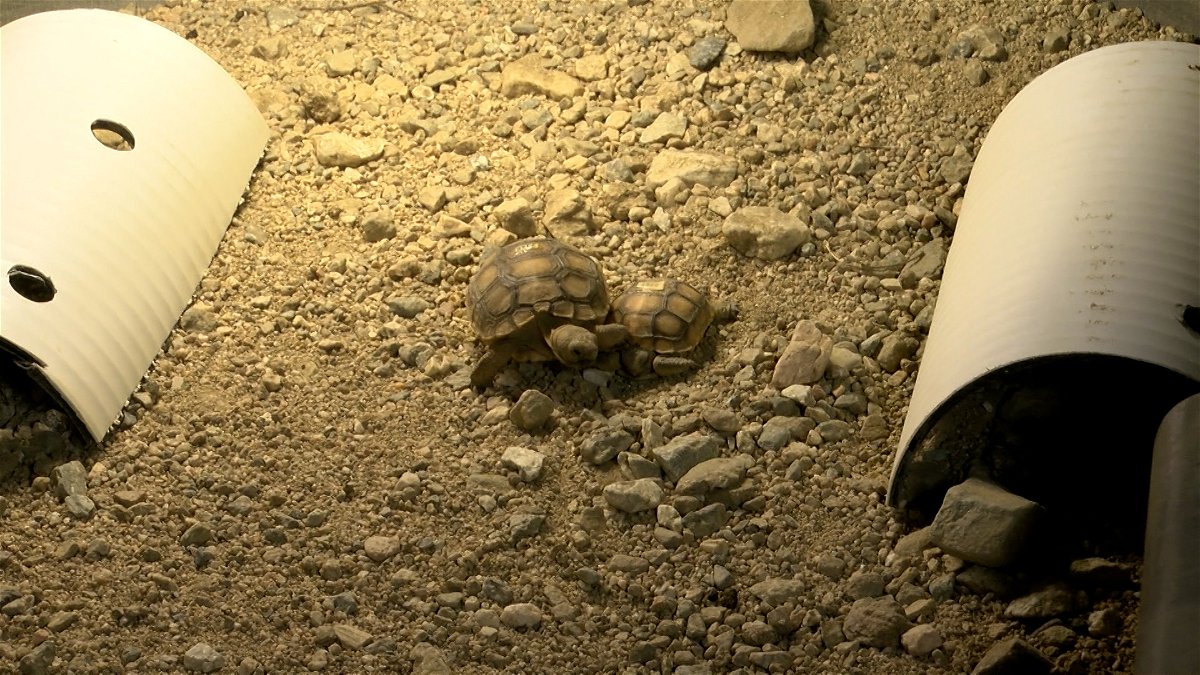Living Desert Zoo & Gardens housing dozens of endangered tortoise hatchlings
The Living Desert Zoo & Gardens is helping the endangered Desert Tortoise by housing dozens of hatchlings.
"They're not only a native California species," said Dr. James Danoff-Burg, Vice President of the Living Desert Zoo & Gardens. "They're also our state reptile."
The Living Desert Zoo & Gardens is partnering with the San Diego Zoo and the Edwards Air Force Base with one mission in mind: Saving the endangered Desert Tortoise.



"Together, we're rearing these tortoises from babies, from eggs that are the size of ping pong balls, up until about the size of what they would be rearing in the wild in over two years, but only in the space of about six months," said Dr. Danoff-Burg.
Unlike conditions in the wild, the small hatchings are put in a controlled environment for months at a time where they skip their hibernation period, also known as brumation.
"We keep them awake overnight over winter. We keep them watered, we give them lots of food, and we keep them warm. So in that time period, they grow very quickly," said Dr. Danoff-Burg.
This helps tortoises become resistant to some of the challenges they face as newborns.
"Of course, as babies, you know, they get eaten by predators, they could dry out, they flip over, they can flip back, all the things, they don't get food," added Dr. Danoff-Burg.


He also adds that one of their largest predators is abundant in the Coachella Valley, "The main thing really is because of predation by ravens. Raven populations are 17 times what they should be in a lot of the Mojave Desert, which is most of California."
You can help the endangered Desert Tortoise by doing the following to prevent the rapid growth of ravens.
"First is of course closing the trash, reduce the subsidies, reduce the food, they don't need the food, tell restaurants to cover their trash. But also when you see tortoises in the wild and you should get out and look for tortoises. Tortoises are amazing animals, but leave them where they are," said Dr. Danoff-Burg.
When the tortoises reach six months, they get transferred back to the Edwards Air Force Base to better acclimate to the desert conditions they’ll encounter in the wild.
"They harden them in the desert. So they get used to the heat, they get used to the dryness right where this is kind of the spa treatment. So they're they're put out into the wild a little bit in a protected area, right. So predators can't get to them for about another six months, they grow quite a bit larger," said Dr. Danoff-Burg.
They’re released back into the wild when they’re about three years old.
